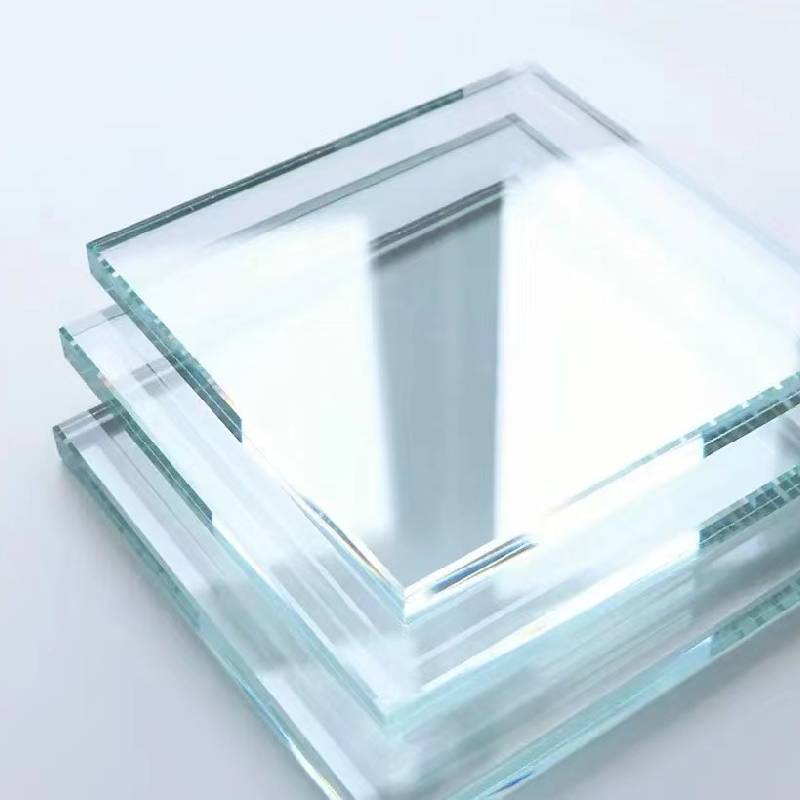

Understanding Low-E2 Glass A Step Towards Energy Efficiency
In the quest for energy efficiency, advancements in building materials play a crucial role. One such innovation is Low-E2 glass, a type of low-emissivity glass that significantly contributes to energy conservation in both residential and commercial buildings. This article aims to explore the properties, benefits, and applications of Low-E2 glass, highlighting its importance in modern architecture and construction.
Understanding Low-E2 Glass A Step Towards Energy Efficiency
The primary benefit of Low-E2 glass is its energy efficiency. By reflecting heat, it helps maintain a consistent indoor temperature, reducing the need for heating in winter and cooling in summer. This attribute not only contributes to enhanced comfort but also leads to significant energy savings. According to various studies, buildings equipped with Low-E glass can experience reductions in energy consumption by up to 30% compared to those with conventional glass. These savings not only benefit building owners but also contribute to a reduction in carbon emissions, making Low-E2 glass an environmentally friendly option.

In addition to energy savings, Low-E2 glass provides superior UV protection. This is particularly important in residential settings, where prolonged exposure to sunlight can cause fading of furniture, flooring, and artwork. Low-E2 glass blocks a substantial percentage of ultraviolet rays, helping to protect interior furnishings and maintain their appearance over time. This feature underscores the dual function of Low-E2 glass it not only allows natural light to fill a space but also serves as a protective barrier against harmful radiation.
Another aspect of Low-E2 glass that cannot be overlooked is its role in enhancing the overall aesthetic and comfort of a building. The glass provides clarity and brightness, allowing occupants to enjoy unobstructed views of the outdoors. Moreover, by reducing glare and improving visual comfort, Low-E2 glass ensures that occupants can work or relax without distractions. This enhances the quality of life within the space, making it an attractive option for architects and homeowners alike.
The applications of Low-E2 glass are extensive. It is widely used in windows, doors, curtain walls, and skylights across various building types, including residential homes, office buildings, and commercial spaces. The versatility of Low-E2 glass also allows it to be customized for a variety of aesthetic preferences and energy performance needs. Whether used in innovative architectural designs or traditional structures, Low-E2 glass integrates seamlessly to meet both functional and design demands.
In conclusion, Low-E2 glass is a remarkable development in the field of building materials, offering a multitude of benefits ranging from energy efficiency to aesthetic appeal. As the construction industry continues to evolve towards more sustainable practices, the adoption of Low-E2 glass represents a significant step forward. Its ability to enhance comfort, protect against UV rays, and reduce energy consumption makes it an invaluable resource for energy-conscious builders and homeowners alike. As we move towards a more sustainable future, the role of Low-E2 glass will undoubtedly become increasingly prominent in the architectural landscape.